In music or music theory, a triad is a three-note chord (or, more generally, any set of three notes, pitches, or tones). Triads can be used harmonically, as chords and melodically, as single notes. These lessons explore both. Using triads as chords like any other chord and using triads as a basis for creating melodies and improvising.
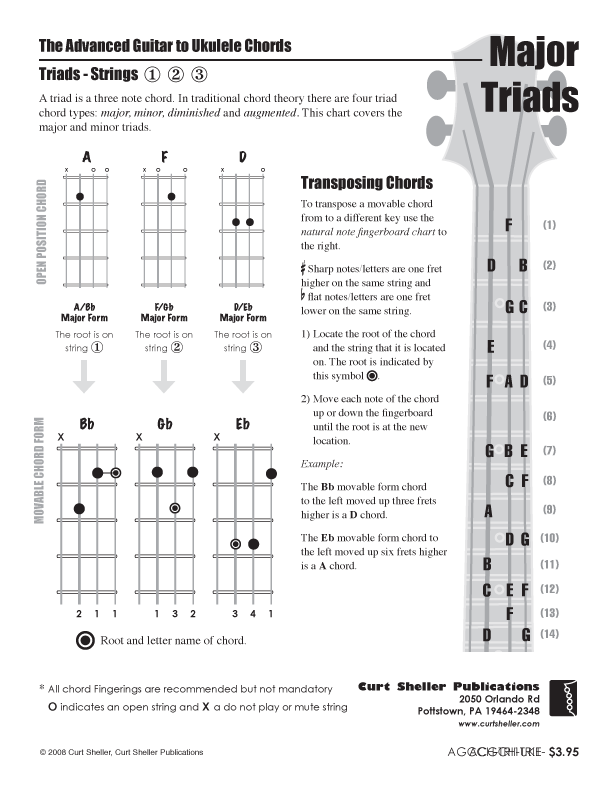



Triads can be used harmonically, as chords and melodically, as single notes.
Triads are a great way to get started with creating solos and improvising.
Triad - In music or music theory, a triad is a three-note chord (or, more generally, any set of three notes, pitches, or tones). Because the term originated during the "common practice" period in Western European art music (approximately from 1600 to 1900), it is most commonly associated with tertian diatonic chords having a tonal function. When such a chord is voiced in thirds, its members, ascending from lowest pitched tone to highest, are called: the Root, the Third (whose interval is a major third or minor third above the root) and the Fifth (whose interval is a major or minor third above the third, and a diminished, perfect, or augmented fifth above the root).
These lessons explore both. Using triads as chords like any other chord and using triads as a basis for creating melodies and improvising.
Other Triads
From the Major and Minor triads you can derive the Diminished, Augmented, add and sus triads.
For Diminished triads you lower the fifth of a minor triad one half step or one fret.
For Augmented triads you raise the fifth of a major triad one half step or one fret.
For add triads, as the name implies, you need to add a note. Any note can be added but the most typical is an add 2 or add 9. For an add2 triad you raise the root of a major or minor triad a whole step or two frets. Or, optionally lower the third of a major triad two frets or the thrid of a minor triad one fret.
For sus triads, the sus means suspension. Traditionally the sus referred to suspending the third of a chord by raising the third of a major chord two frets sor the third of a minor chord one fret.
For a sus 2 chord, a more contemporary chord you raise the root of a major or minor triad two frets. Optionally you can lower the third of a major triad two frets or the third of a minor chord three frets.
This is a lot to remember for the add and sus chords. So with getting to the actually notes or spelling of chords and really knowing the notes of the fingerboard. You are closer to getting a handle on these more contemporary chords.
QuickStart Arpeggio Fingerings for Ukulele, C Tuning
![]() Major Arpeggio Fingerings from my book QuickStart Arpeggio Fingerings for Ukulele, C Tuning
Major Arpeggio Fingerings from my book QuickStart Arpeggio Fingerings for Ukulele, C Tuning
I use a lot of these arpeggio fingerings in my solos and in these lessons examples. Learning triads, their arpeggios and their inversions can be a major breakthrough in ones playing, one any instrument.
Using Triads Melodically
Here is a sample recording I threw together quickly to demonstrate how triads can be used for creating a melody or solo.
The chord progression is a simple I IV I V in the key of G major. Chords are two measures each of G C G D using basic open position chords.
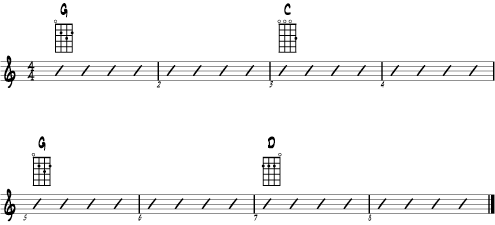
Example Using A Scale and Emphasizing the Notes of Triads
This solo was created using only the notes of the triads below.
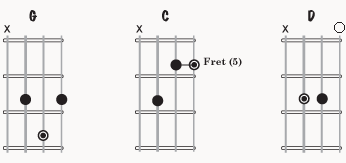
Example Using Notes of Triads and One Non Chord Tone (*)
This solo was created using only the notes of the triads below and one additional note (shown as *).
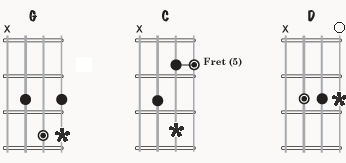
Example Using Notes of Triads and One Non Chord Tone (*)
This solo was created using the NOTES of the G Major scale and emphasizing the notes of the chords (triads).
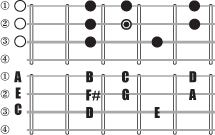
Triads can be used harmonically, as chords and melodically, as single notes.
Triads are a great way to get started with creating solos and improvising.
Triad - In music or music theory, a triad is a three-note chord (or, more generally, any set of three notes, pitches, or tones). Because the term originated during the "common practice" period in Western European art music (approximately from 1600 to 1900), it is most commonly associated with tertian diatonic chords having a tonal function. When such a chord is voiced in thirds, its members, ascending from lowest pitched tone to highest, are called: the Root, the Third (whose interval is a major third or minor third above the root) and the Fifth (whose interval is a major or minor third above the third, and a diminished, perfect, or augmented fifth above the root).
These lessons explore both. Using triads as chords like any other chord and using triads as a basis for creating melodies and improvising.
Other Triads
From the Major and Minor triads you can derive the Diminished, Augmented, add and sus triads.
For Diminished triads you lower the fifth of a minor triad one half step or one fret.
For Augmented triads you raise the fifth of a major triad one half step or one fret.
For add triads, as the name implies, you need to add a note. Any note can be added but the most typical is an add 2 or add 9. For an add2 triad you raise the root of a major or minor triad a whole step or two frets. Or, optionally lower the third of a major triad two frets or the thrid of a minor triad one fret.
For sus triads, the sus means suspension. Traditionally the sus referred to suspending the third of a chord by raising the third of a major chord two frets sor the third of a minor chord one fret.
For a sus 2 chord, a more contemporary chord you raise the root of a major or minor triad two frets. Optionally you can lower the third of a major triad two frets or the third of a minor chord three frets.
This is a lot to remember for the add and sus chords. So with getting to the actually notes or spelling of chords and really knowing the notes of the fingerboard. You are closer to getting a handle on these more contemporary chords.
QuickStart Arpeggio Fingerings for Ukulele, C Tuning
![]() Major Arpeggio Fingerings from my book QuickStart Arpeggio Fingerings for Ukulele, C Tuning
Major Arpeggio Fingerings from my book QuickStart Arpeggio Fingerings for Ukulele, C Tuning
I use a lot of these arpeggio fingerings in my solos and in these lessons examples. Learning triads, their arpeggios and their inversions can be a major breakthrough in ones playing, one any instrument.
Using Triads Melodically
Here is a sample recording I threw together quickly to demonstrate how triads can be used for creating a melody or solo.
The chord progression is a simple I IV I V in the key of G major. Chords are two measures each of G C G D using basic open position chords.

Example Using A Scale and Emphasizing the Notes of Triads
This solo was created using only the notes of the triads below.

Example Using Notes of Triads and One Non Chord Tone (*)
This solo was created using only the notes of the triads below and one additional note (shown as *).

Example Using Notes of Triads and One Non Chord Tone (*)
This solo was created using the NOTES of the G Major scale and emphasizing the notes of the chords (triads).

Related Lessons, Videos, Lesson Series, Songs, Books & Reference Charts, Resources & Assets, Workshops are below.
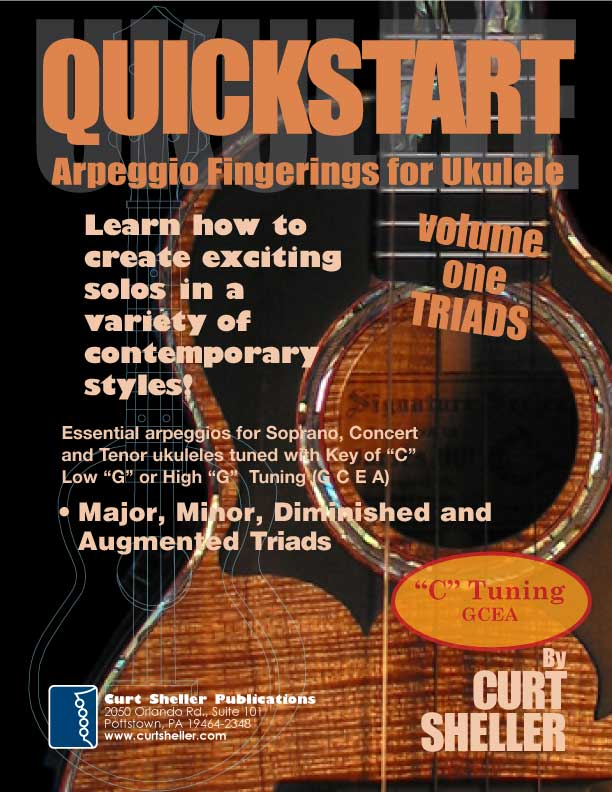
QuickStart Scale Arpeggio Fingerings for Ukulele - Triads is a concise, well organized book ideal for any ukulele player beginning to explore the ukulele's full potential as a musical instrument. Arpeggio Fingerings for Ukulele - Triads keeps a sharp focus on essential arpeggios and their fingerings. All material is covered in every key.
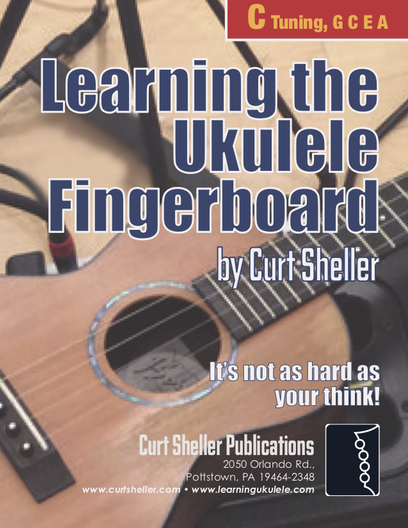
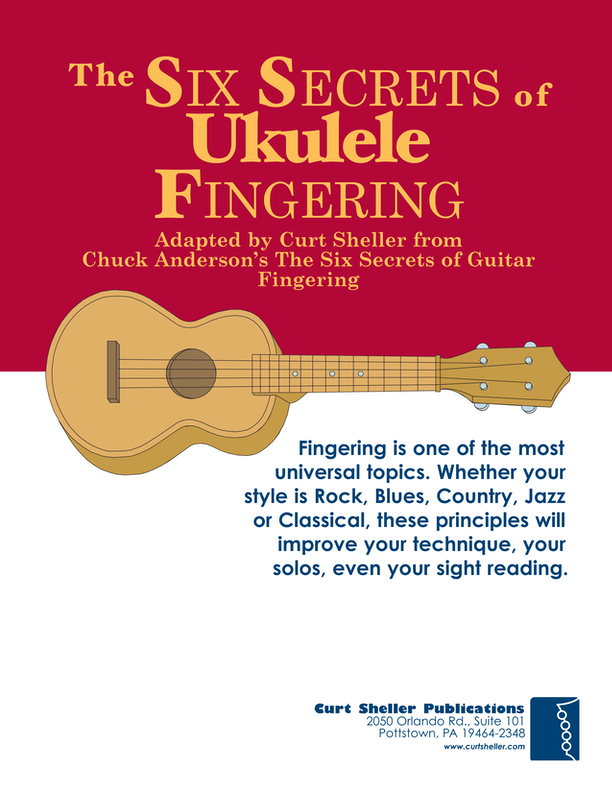
return in your investment)—it is this— learning the
f*ckingnotes of your OWN instrument. Sorry for the tough talks—but it is sooooo true!
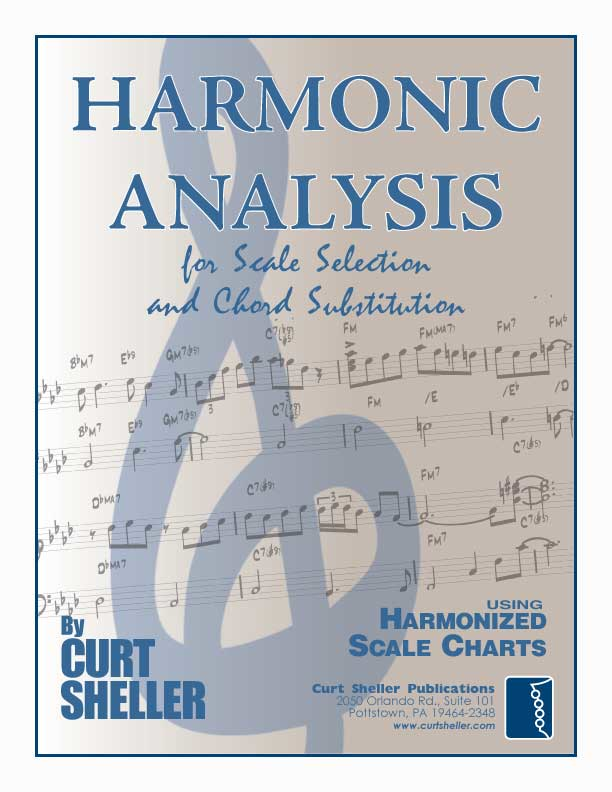
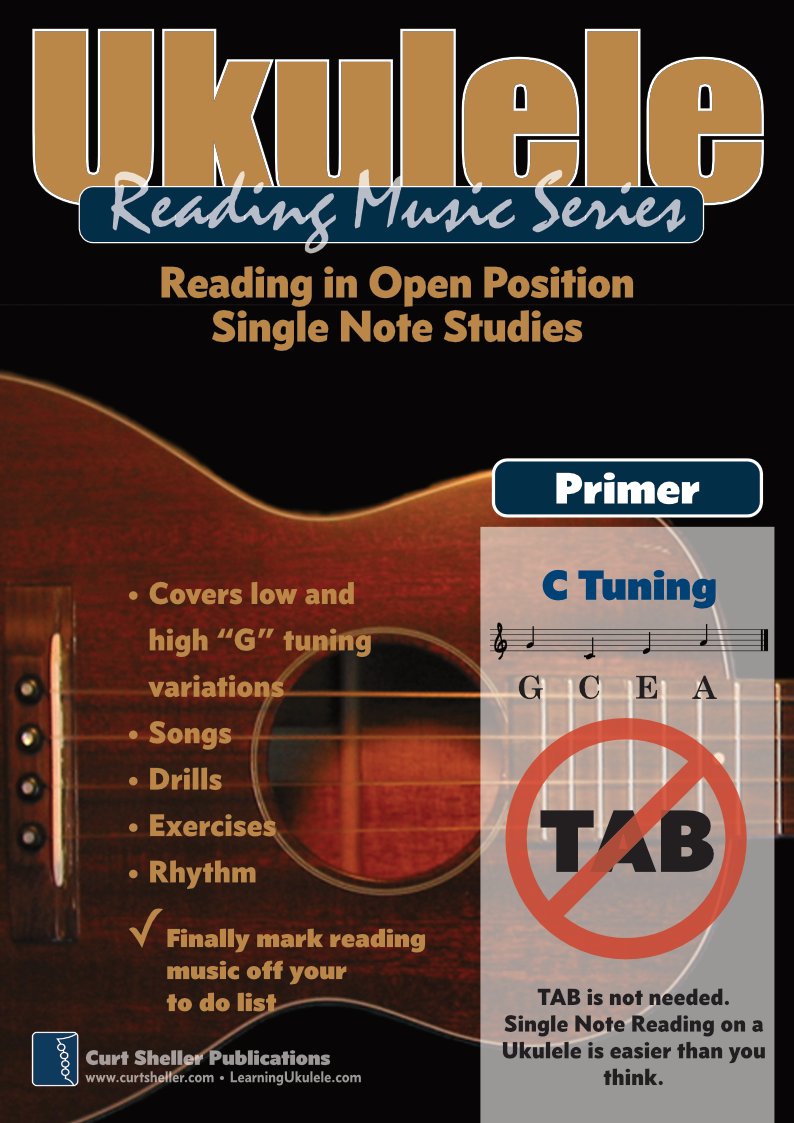
Learn to read single note melodies in the first/open position is a lot easier than you might think. Book: Ukulele – Reading Music Series – Primer
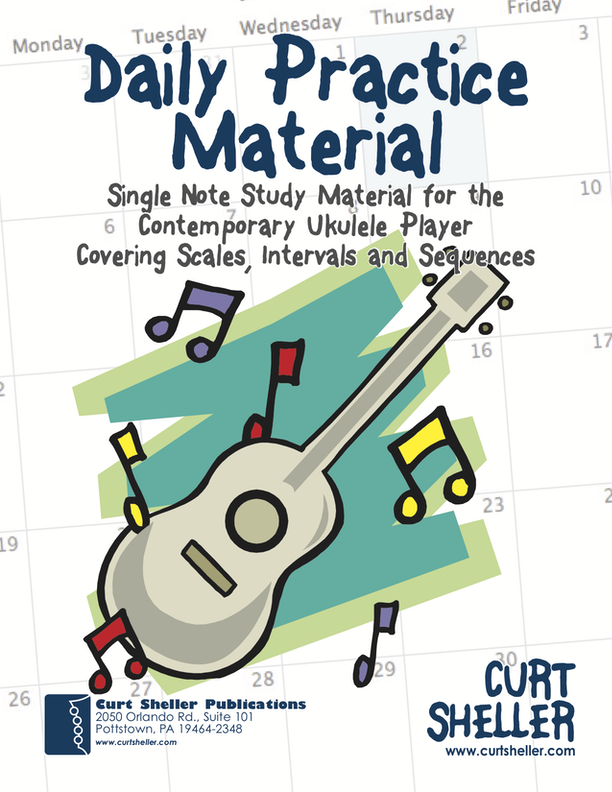
An organized collection of daily practice and reference material for the contemporary ukulele player for developing the vocabulary and knowledge necessary for single note playing. Book: Daily Practice Material for the Contemporary Ukulele
Checkout the Books & Reference Charts for additional Handy, Dandy Reference Charts.
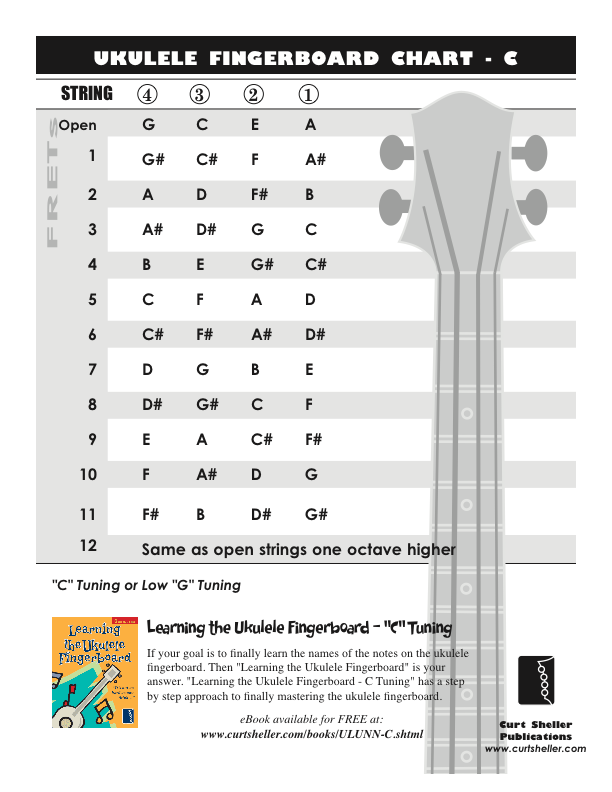
Ukulele Fingerboard Chart for C Tuning, Low or High G – G C E A
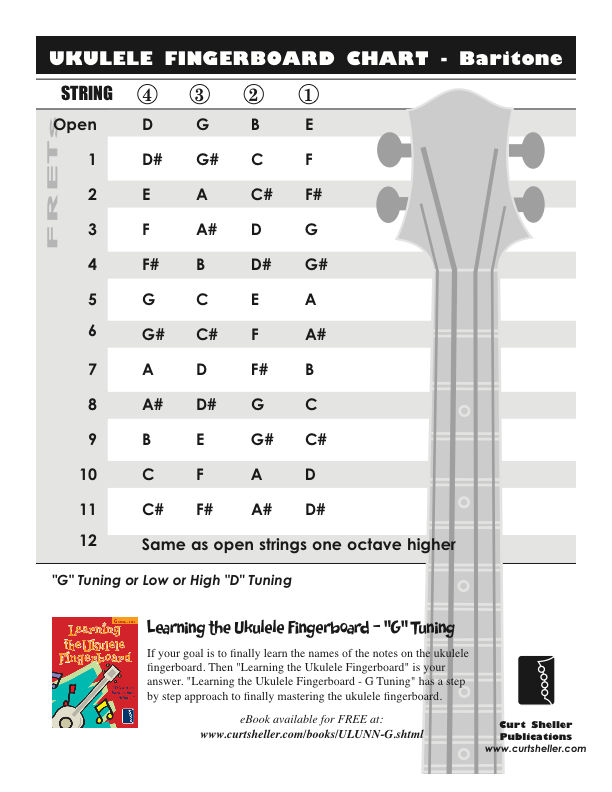
Ukulele Fingerboard Chart for G Tuning, Low or High A – D G B E
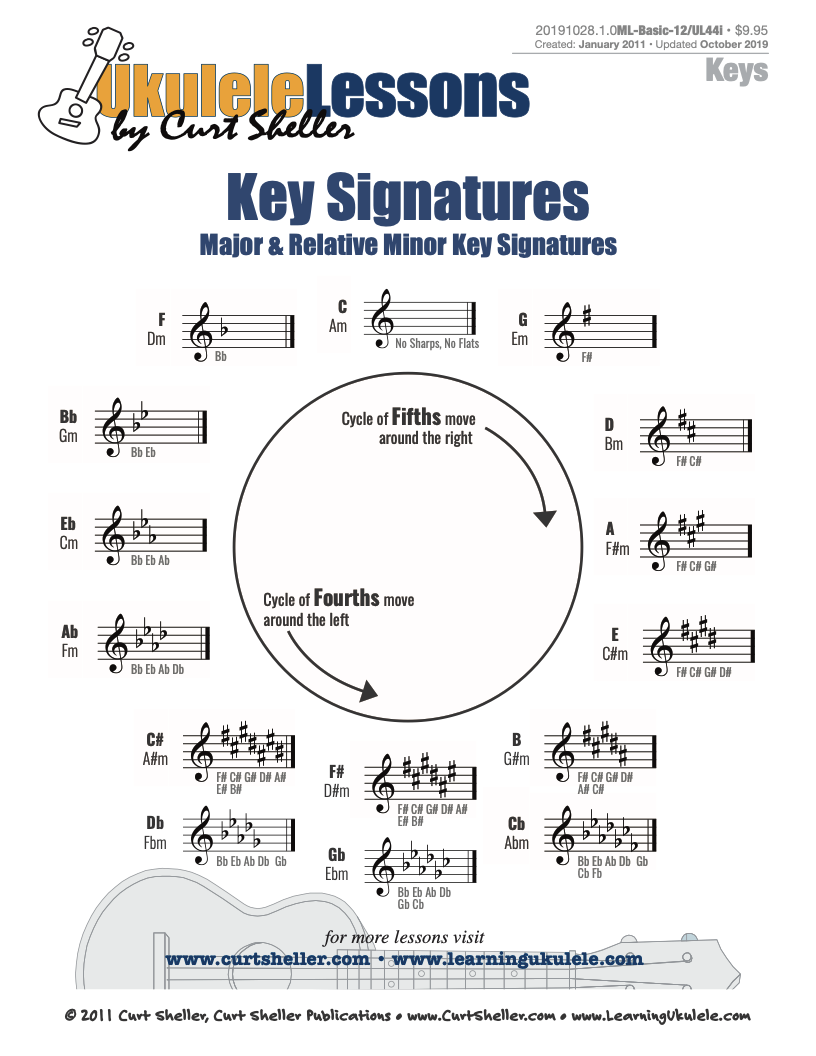
A handy reference chart of all 15 major and relative minor key signatures. US Letter 8.5 x 11 sized (ANSI-A) , A4

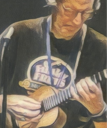
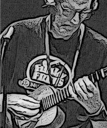
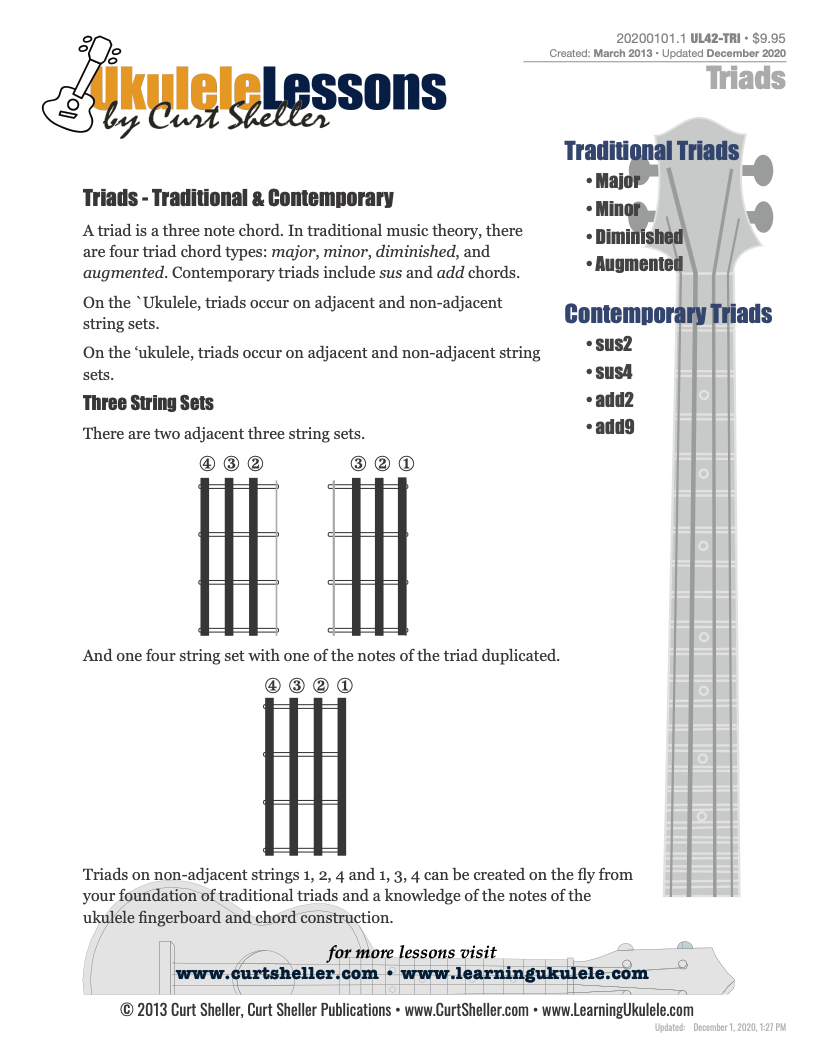

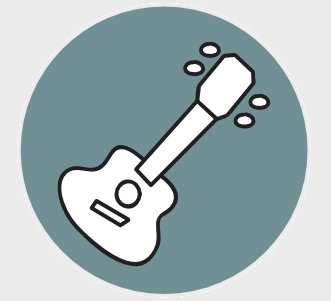
.jpg)